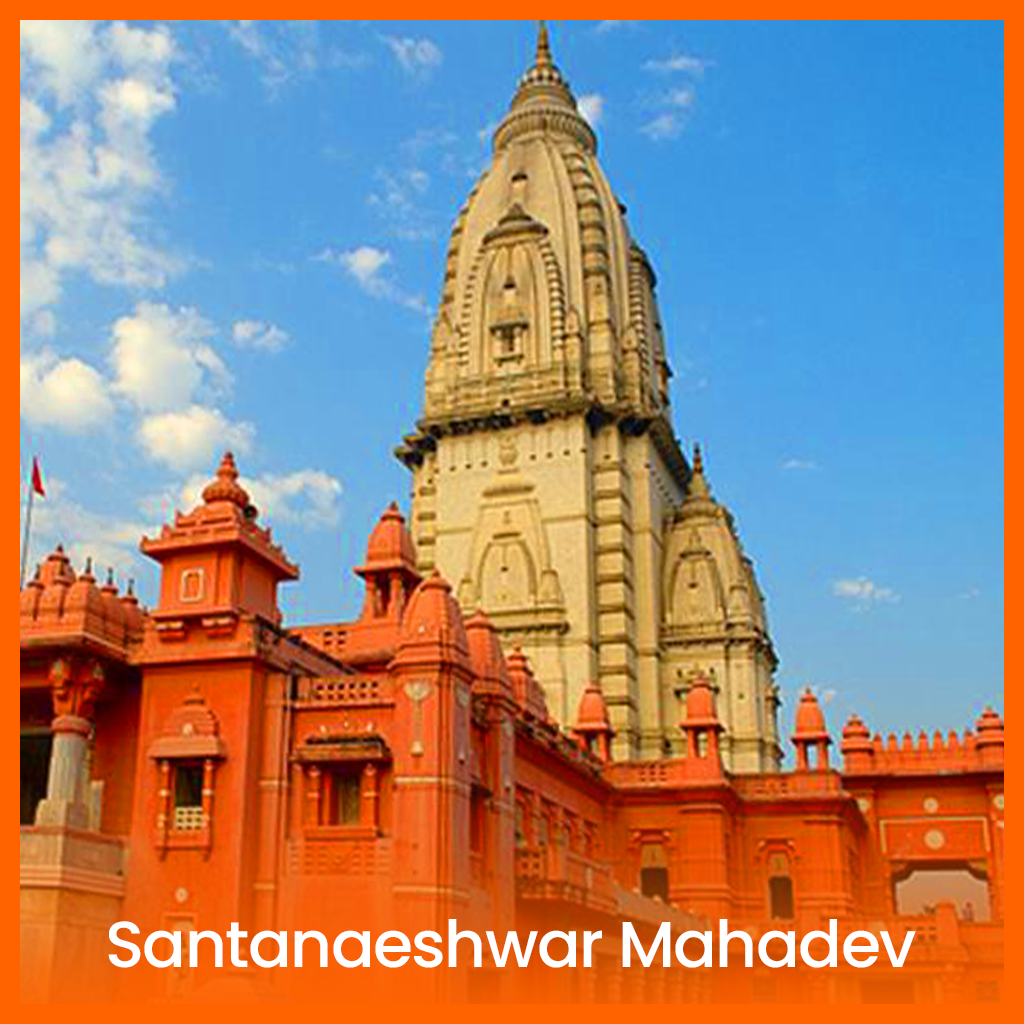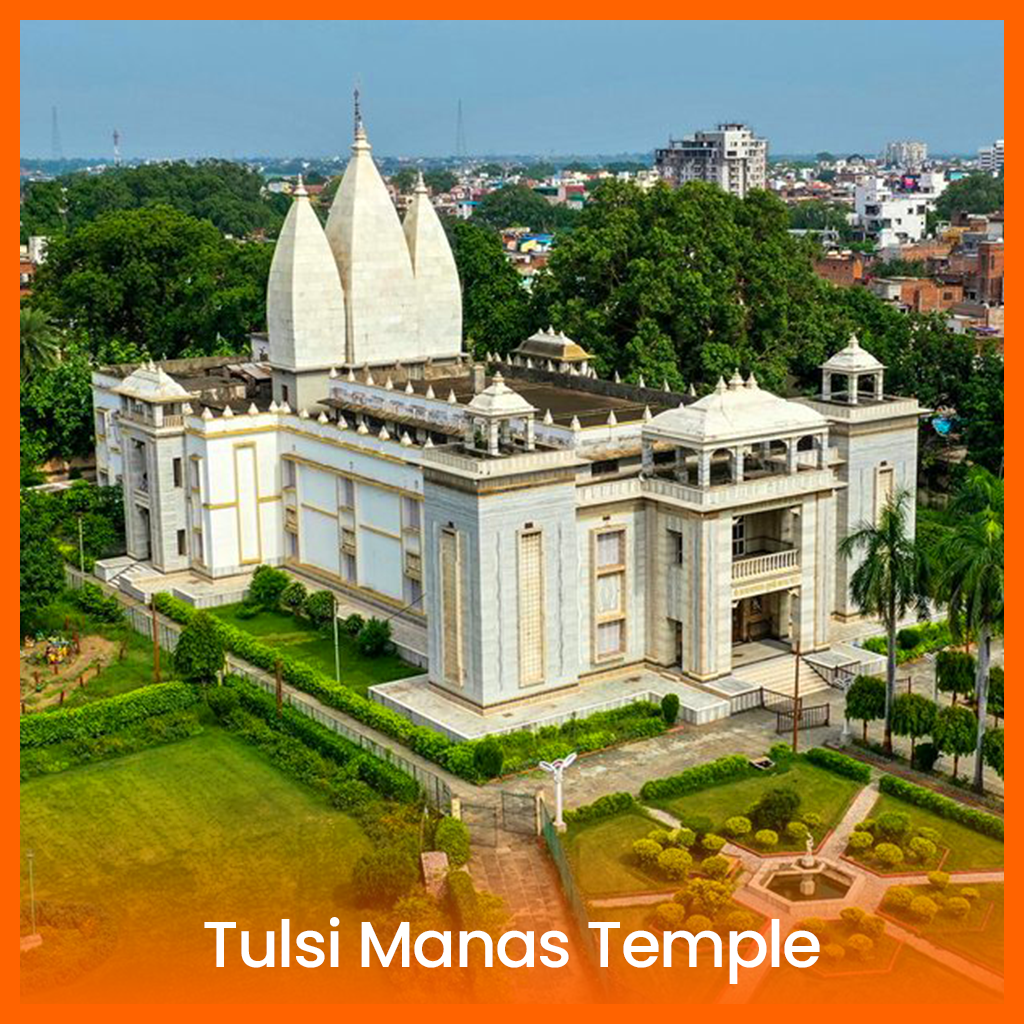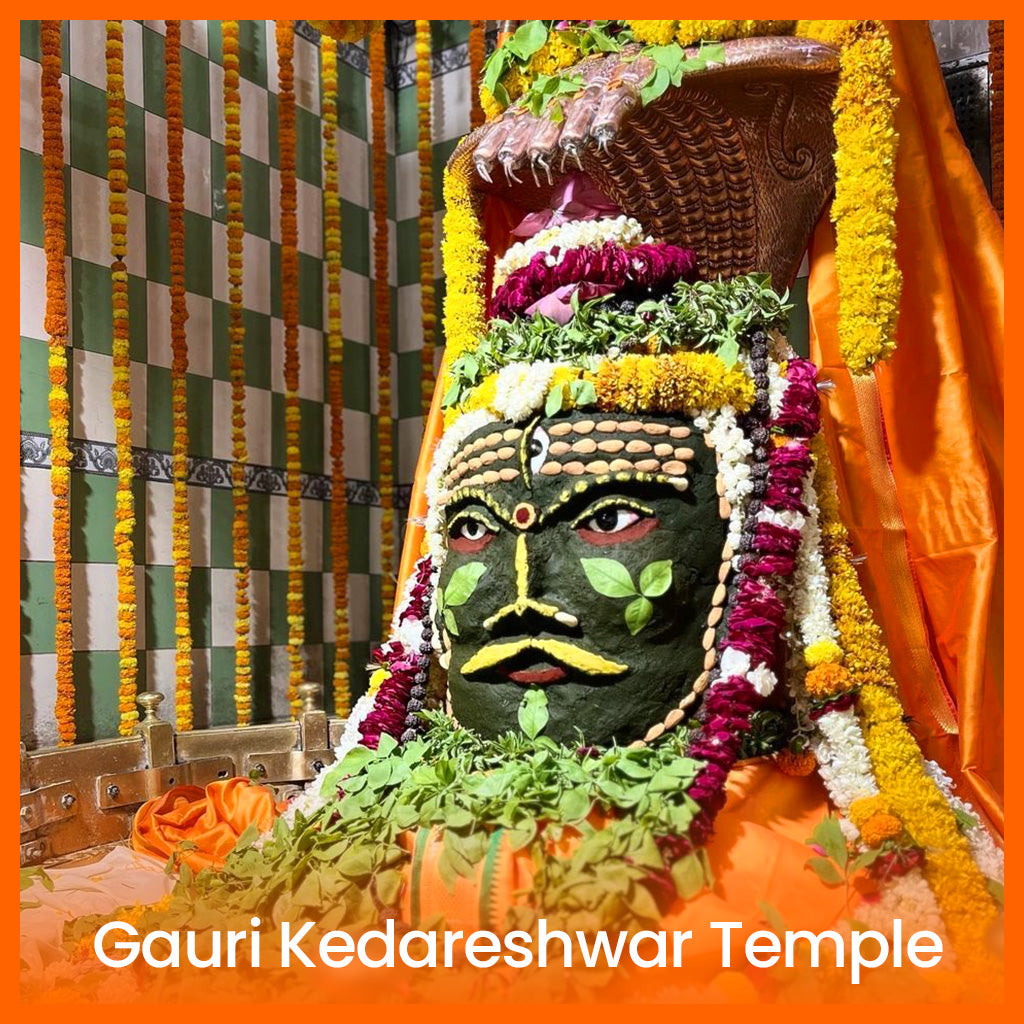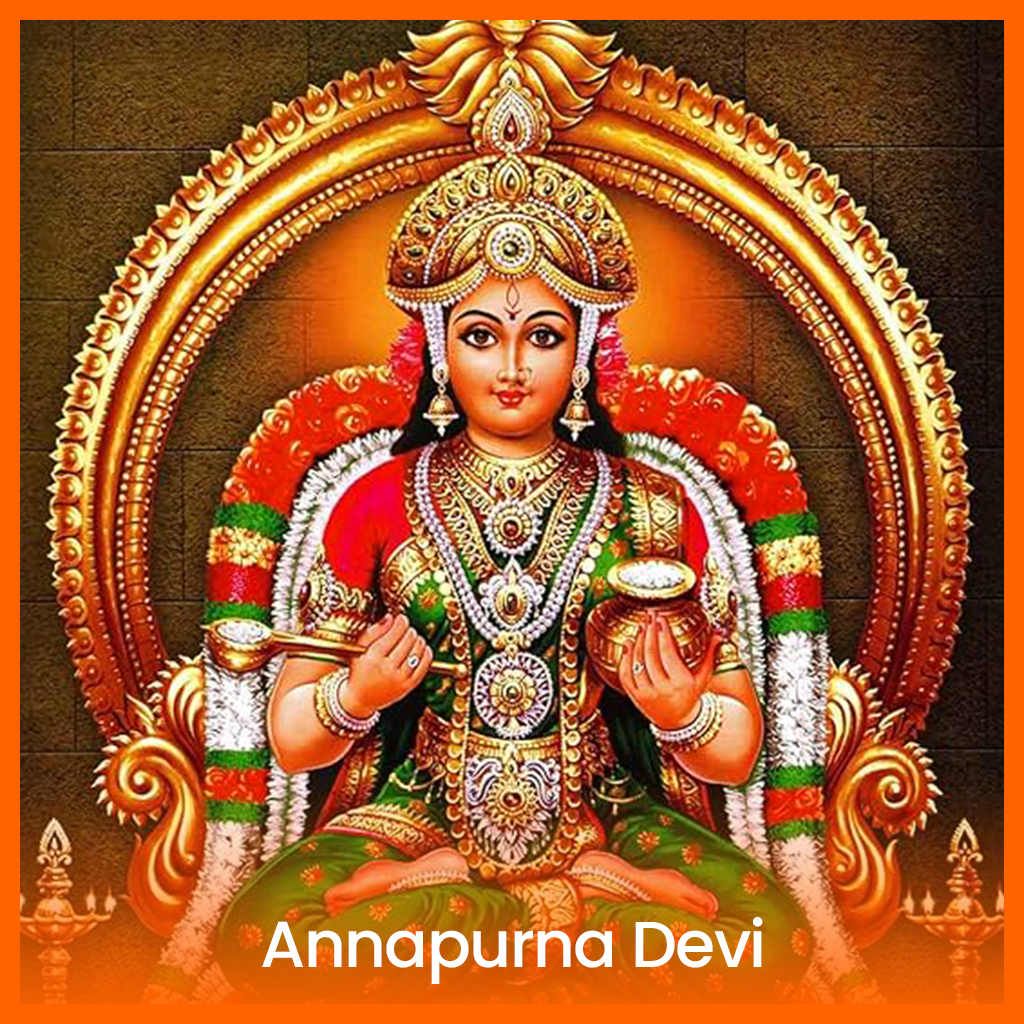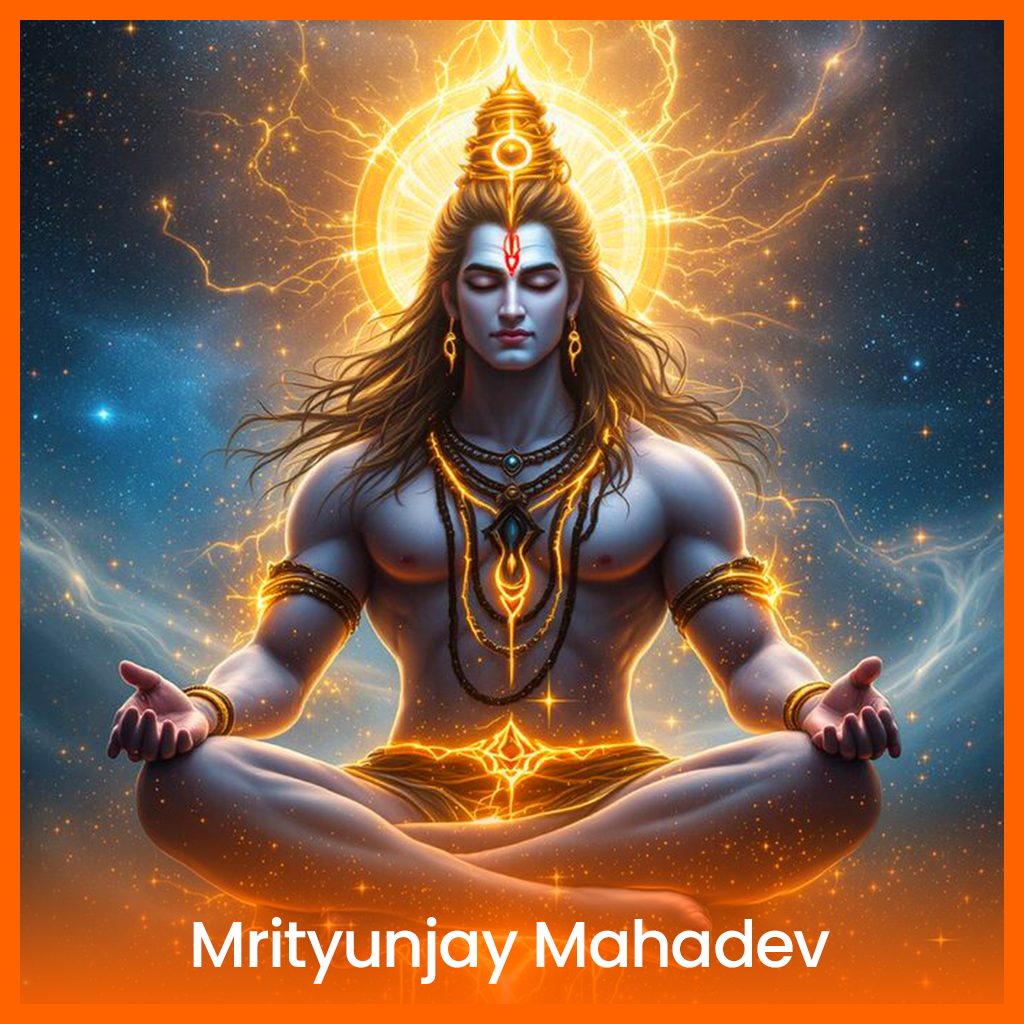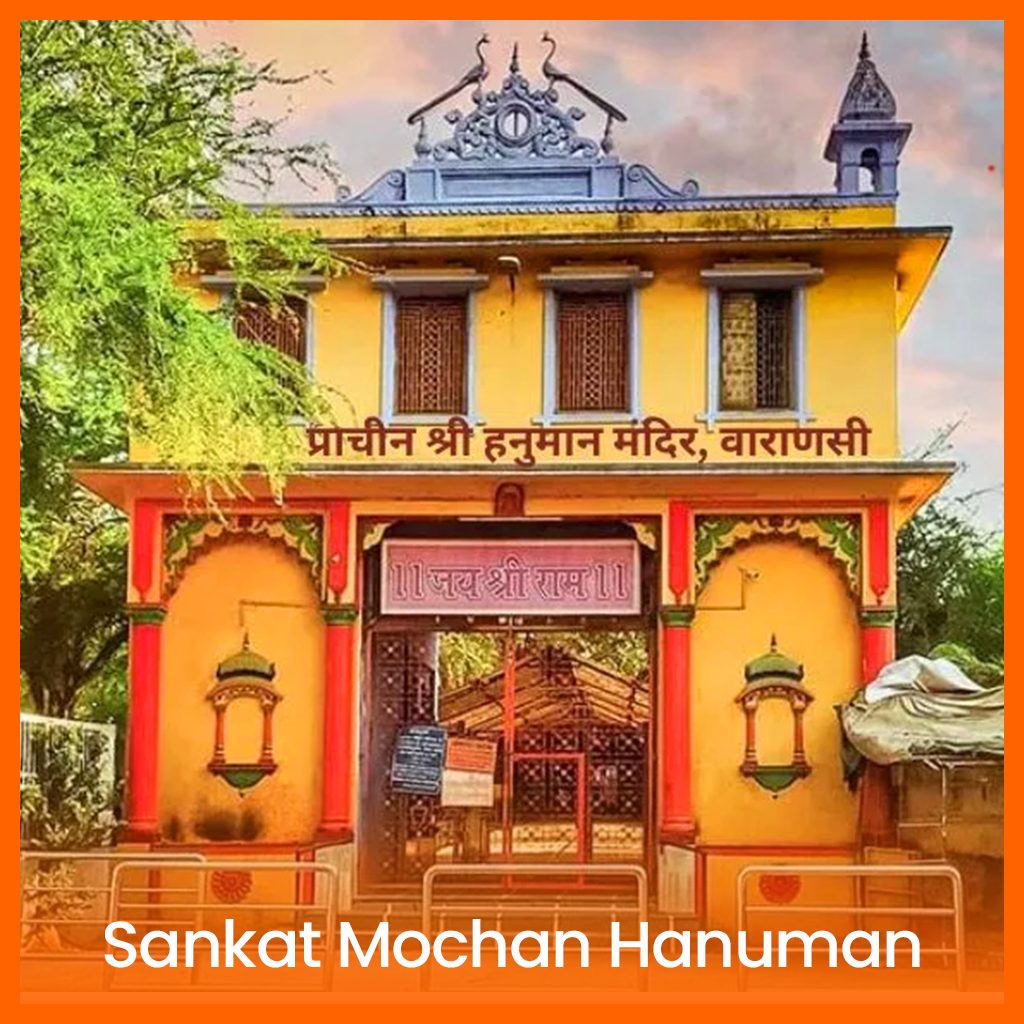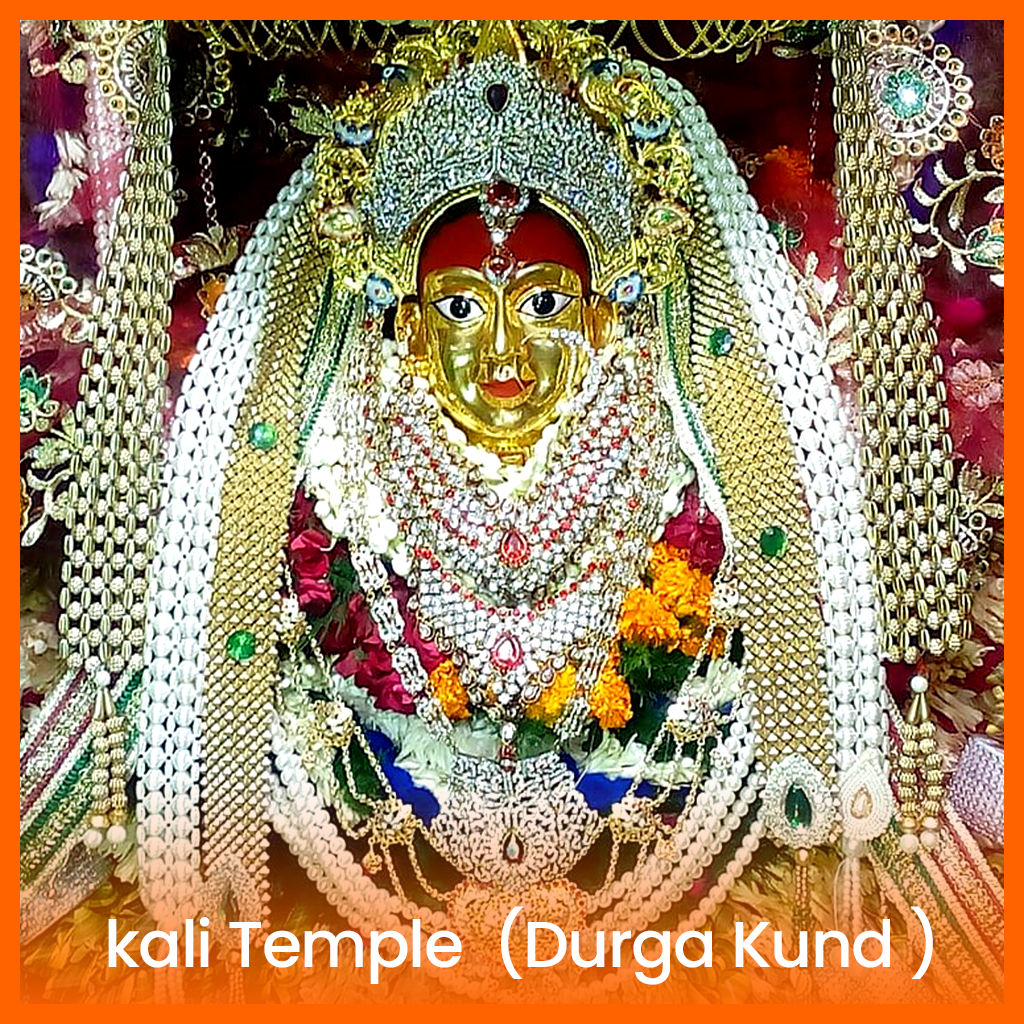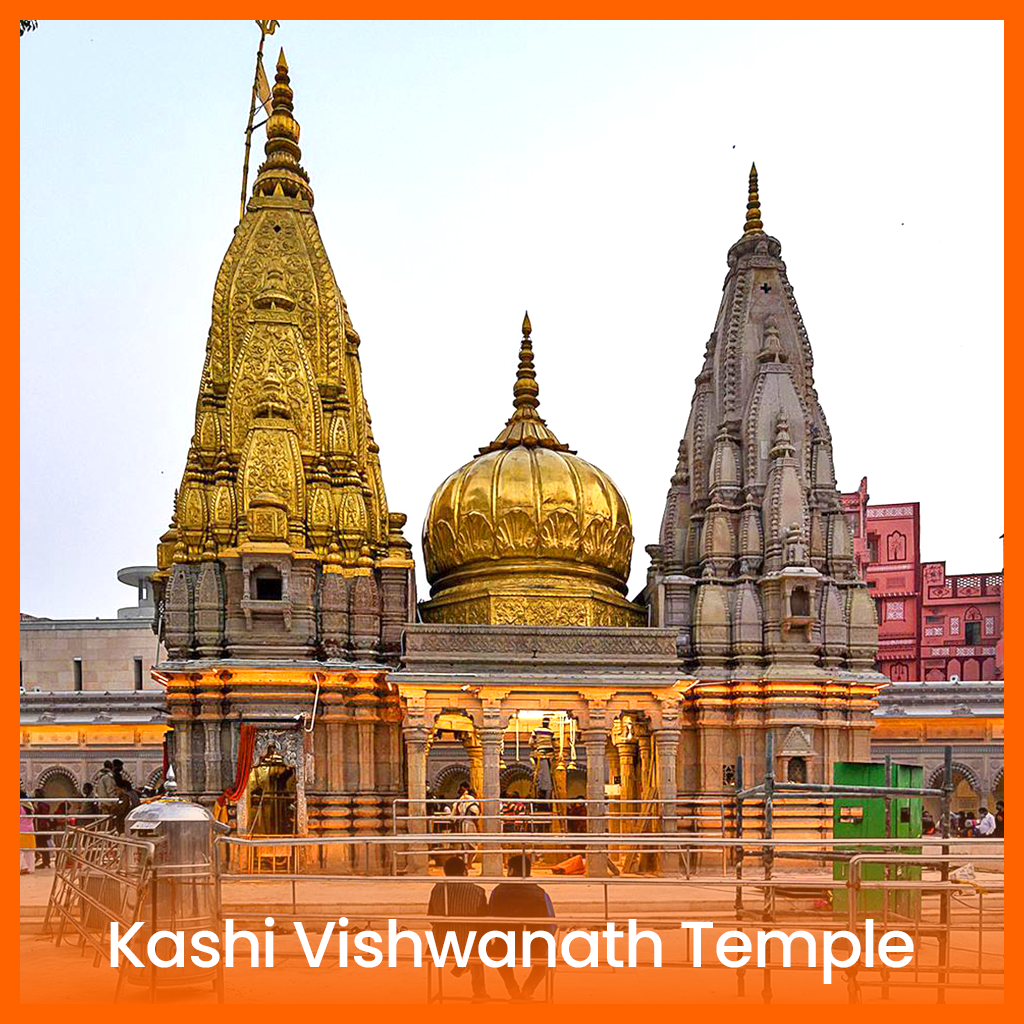Ghats of Varanasi
1. Dashashwamedh Ghat
-
The most famous and ancient ghat of Varanasi.
-
It is believed that Lord Brahma performed ten Ashwamedha Yajnas here.
-
Renowned worldwide for the grand Ganga Aarti held every evening.
At this sacred ghat, performing rituals like bathing with devotion, worship, pind daan (ancestral offerings), and asthi visarjan (immersion of ashes) leads to the fulfillment of all desires. It is also believed to cleanse all sins and bring peace and salvation (moksha) to one's ancestors.
2. Manikarnika Ghat
-
One of the principal cremation ghats where people perform last rites.
-
It is believed that cremation here grants liberation (moksha) to the soul.
-
According to legend, the earring (mani) of Goddess Sati fell here, hence the name Manikarnika.
Every day, devotees from all over India, as well as from Nepal, Bhutan, and other countries, come here to perform sacred rituals such as bathing and shraddha karmas.
There is special religious significance in performing pind daan and tarpan here.
Just like Dashashwamedh Ghat, carrying out devotional rituals at this sacred ghat leads to wish fulfillment, removal of sins, and peace and liberation for departed souls.
3. Harishchandra Ghat
-
The second major cremation ghat in Varanasi.
-
Associated with the legendary King Harishchandra and his unwavering commitment to truth.
-
Cremations performed here are also believed to grant liberation (moksha) to the soul.
4. Assi Ghat
-
Located in southern Varanasi, popular among modern youth and tourists.
-
Known for morning yoga sessions, music performances, and meditation gatherings.
5. Panchganga Ghat
-
It is believed that five sacred rivers meet here: the Ganga, Yamuna, Saraswati, Kirana, and Dhutapapa.
Like the other holy ghats, performing sacred rituals like bathing, worship, pind daan, and asthi visarjan at Panchganga Ghat is believed to fulfill all desires, cleanse sins, and bring peace and salvation to one's ancestors.
Couldn't load pickup availability




